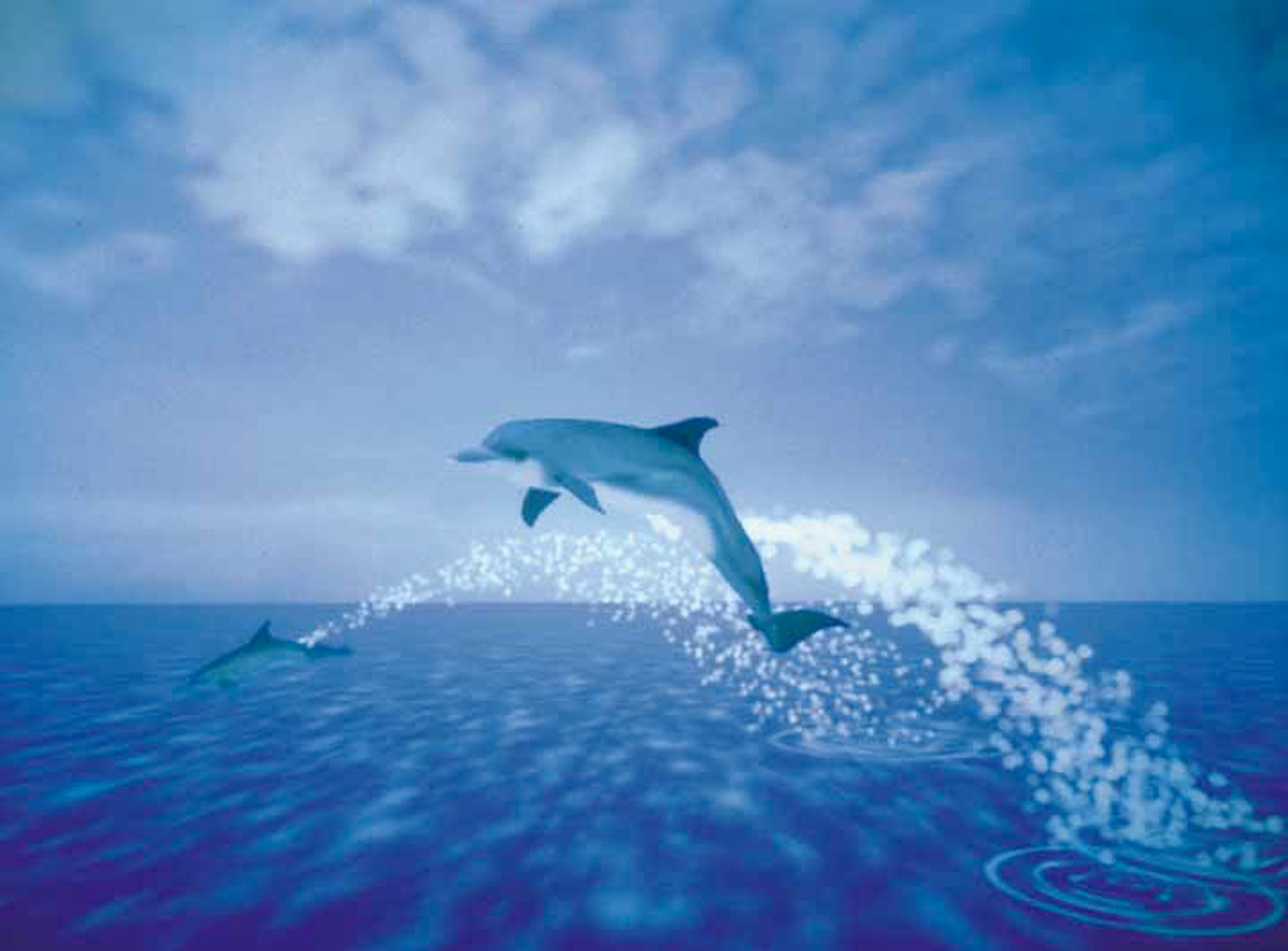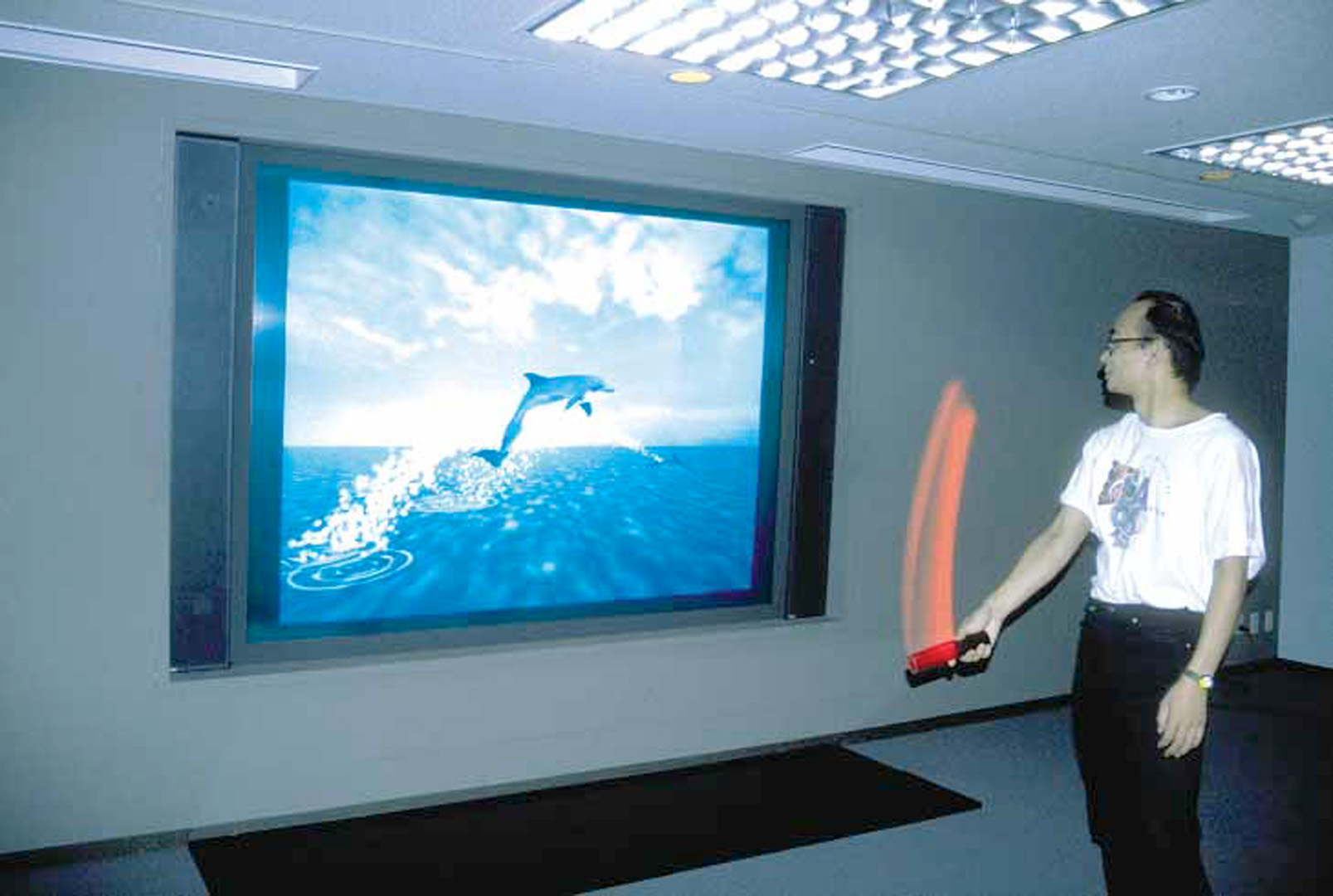“Artificial Dolphins” by Munemasa, Miyoshi, Anjyo, Matsukuma, Takatsuki, et al. …
Conference:
- SIGGRAPH 1996
-
More from SIGGRAPH 1996:


Type(s):
Entry Number: 01
Title:
- Artificial Dolphins
Program Title:
- Digital Bayou
Presenter(s):
- Norihiro Munemasa
- Masanori Miyoshi
- Ken-ichi (Ken) Anjyo
- Nobuhiko Matsukuma
- Hiroaki Takatsuki
- Manabu Yanagimoto
- George Nishiyama
- Nobuhiro Sekimoto
- Haruo Takeda
Project Affiliation:
- Hitachi
Description:
Artificial Dolphins was initiated in October 1994, to enable human communication with an artificial life form in a virtual reality environment. Its dolphin-style simulated life forms are animated using physically-based modeling. Real-time computer graphics; motion planning; simulation of water, foams, sprays, and bubbles; and 3D sound bring the dolphins to life. This type of real-time communication and interaction with artificial life in a synthetic environment implies new and exciting opportunities in entertainment, education, and communication.
The artificial dolphins swim autonomously in a virtual sea. They approach the audience or perform stunts, according to their own motivations. They can also respond to audience signals generated with a special light pen. If the dolphins want to achieve the requested goal, such as “approach the audience” or “jump,” the goal is divided into sub-goals, then automatically executed in real time. The audience can ask the dolphins to “come here,” “twist,” “jump through a ring,” etc.
Two cameras are used for video input, and the 3D position of the light pen is calculated using computer-vision tech- niques. The trajectory of the light pen is used for gesture recognition. It can recognize 16 different gestures in real time. The gestures are simple, so it is relatively easy to learn how to communicate with the dolphins. But because their reactions depend on their internal status, the dolphins do not always respond the same way to a specific gesture.
Vocalizations of dolphins, splash sounds of jumps, etc., are represented by an in-house 3D sound system called SOUND CUBE. The apparent positions and velocities of the sounds it generates, in conjunction with the real-time animation, create realistic 3D sound effects.





